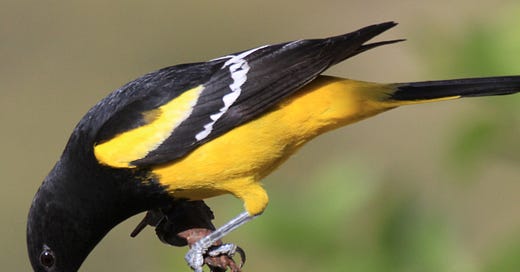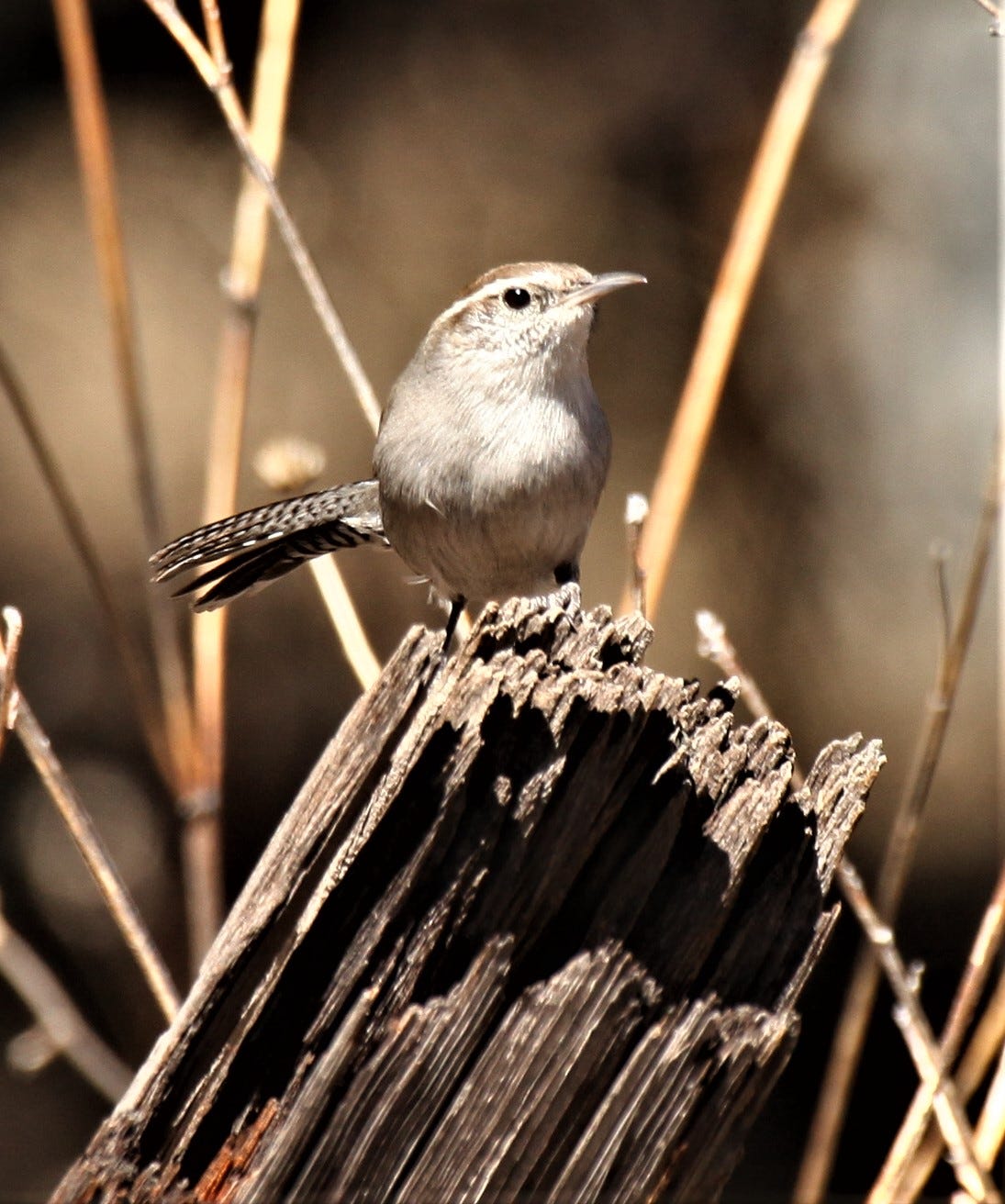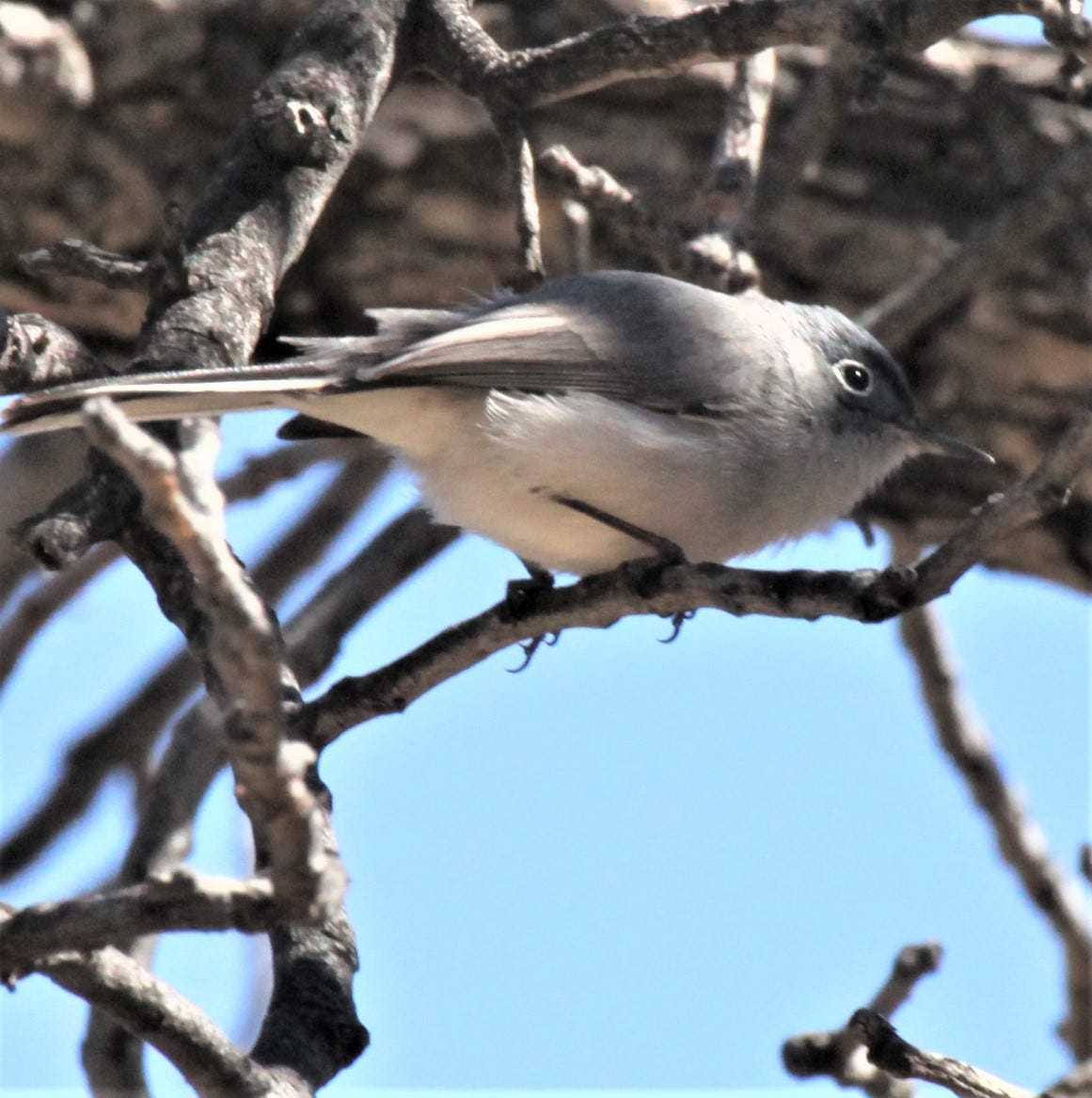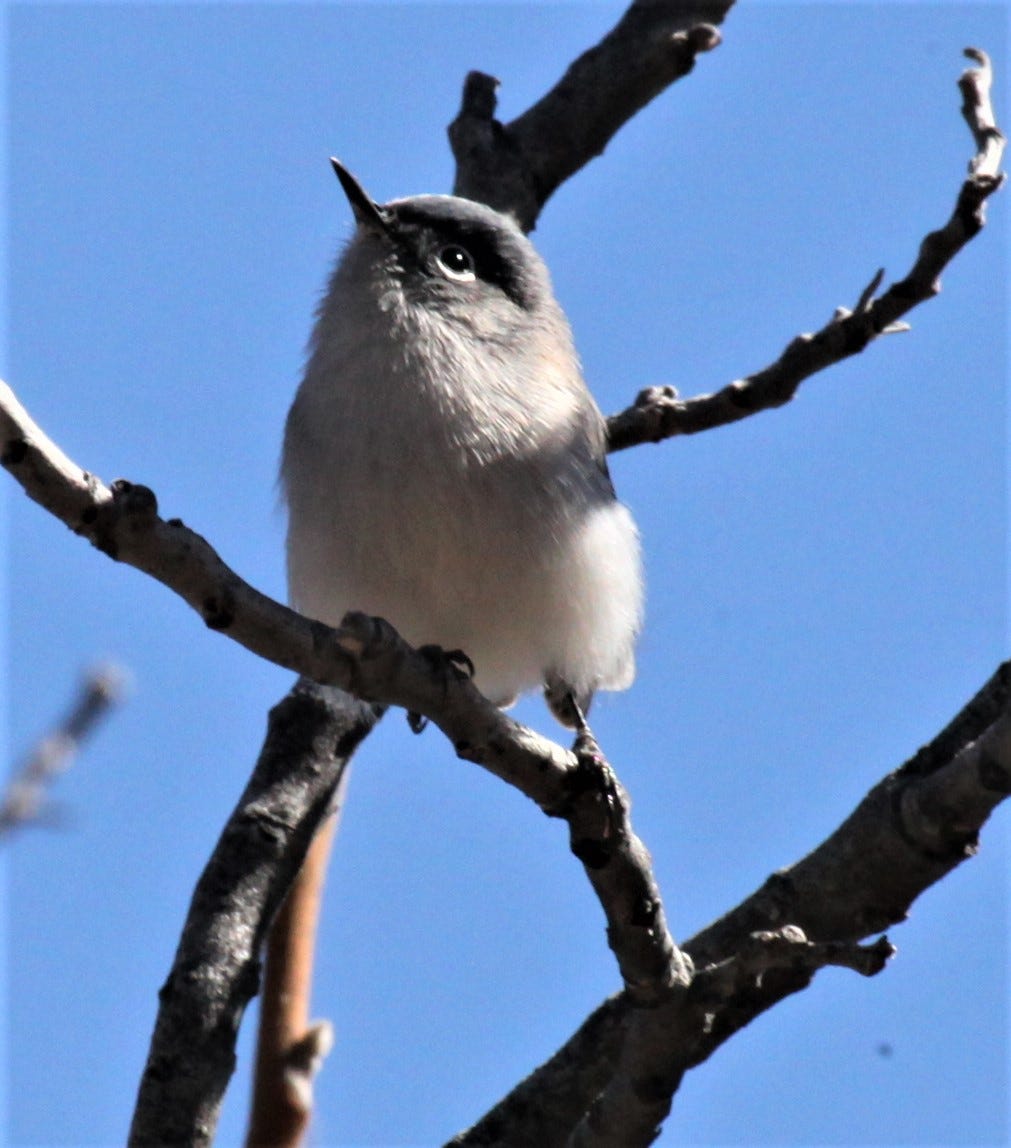March 14, 2023
Spring darts in on the wings of the first oriole as a fluting melody rises above the noisy siskins and finches and chattering Bewick’s wrens. Earliest on record for the yard, the vivid black and lemon-yellow male heralds a change of seasons—with its astonishing avian migration—like no other bird in my yard. Soon, there will be more orioles and bright tanagers like flying citrus and whip-poor-wills like stones singing from the creek in the evenings.
Icterus parisorum, a colorful bird to cure your hyperbilirubinemia (Greek ikteros means “jaundice,” for which sighting the bird was thought to remedy). The French naturalist Charles Lucien Bonaparte added the species name “parisorum” to honor the Paris brothers who financed his collection expeditions to the Southwest in the 1820’s. Sometime later, Civil War general Darius Couch named the bird for his commander in the Mexican-American War, General Winfield Scott, who a had a leading role in the Trail of Tears.
The orioles breed in the Southwest on our dry mountain slopes because this is where the plants they use for food, shelter, and nesting grow. Yucca and agave flowers provide nectar and insects. The spiky leaves offer nesting material, the female stripping the long, loose, stringlike fibers from the leaf edges to weave her nest. In the Mule Mountains, I find their sturdy baskets of twisted blond yucca threads among the branches of juniper and pinyon pine.
The oriole—an onomatopoeic word for the sound of its song—is a yucca specialist. It is a yucca oriole, a much more fitting name than the one honoring a genocider.
Like the blue-gray gnatcatcher. A perfectly descriptive name for yesterday’s newest yard bird (and one that actually eats gnats). I heard the harsh, nasal zeeew zeef zeefing slipping out of a bare walnut tree and managed a few quick photos. I’ve encountered black-tailed gnatcatchers in the yard but not the blue-gray, which should be quite rare at this elevation in March.
First new yard bird of 2023 comes in at #173.
Thanks for subscribing…it’s getting interesting now!









Ken
I have under appreciated your photography skills heretofore, I realize.
John
What beauties! I was remarking on that, too, that the black-capped chickadees and dark-eyed juncos that occupy my feeder throughout the darker months have started their songs pre-dawn over the past week. The boost that has had to my mental health!